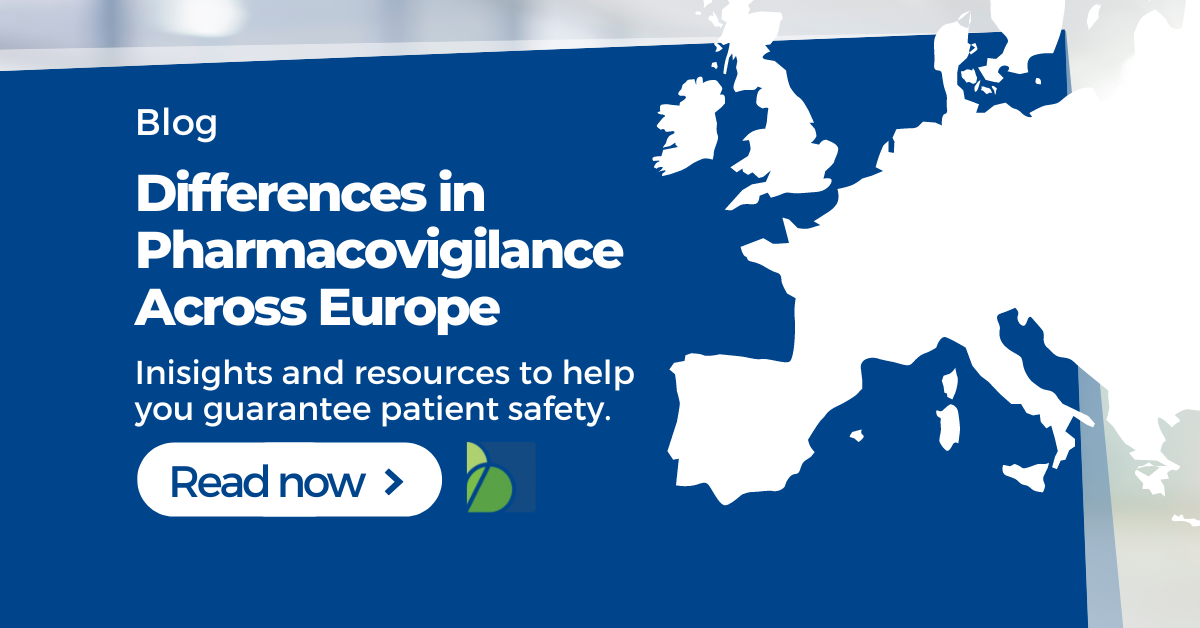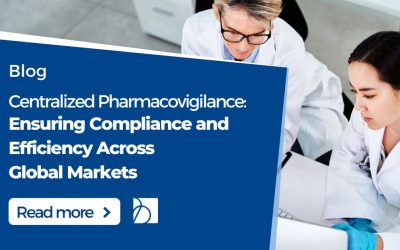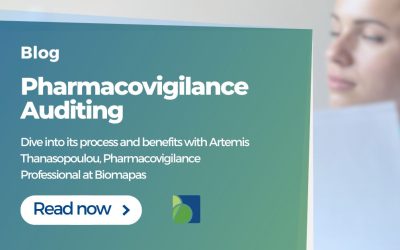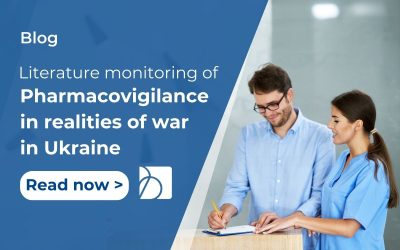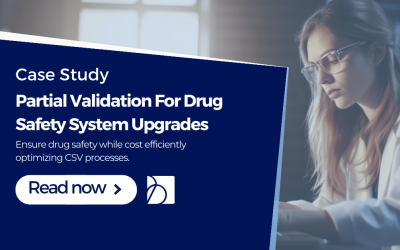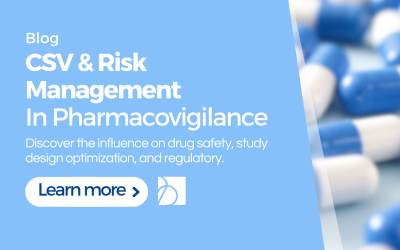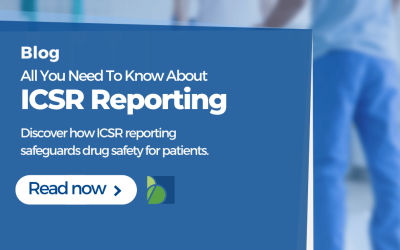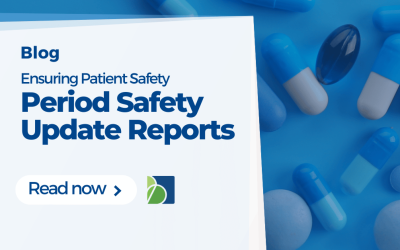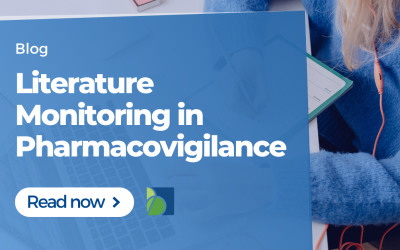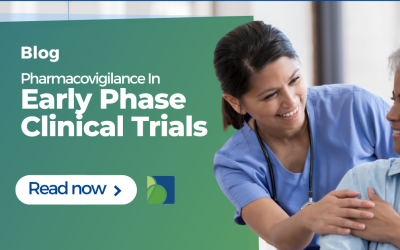Pharmacovigilance requirements in Europe are primarily governed by the European Medicines Agency (EMA) through the EU Regulation on Pharmacovigilance (Regulation (EU) No 1235/2010). However, some national differences in implementing and enforcing these requirements may exist. These differences could include Reporting timelines and formats, local adverse event reporting, documentation and record-keeping requirements, or inspections and audits. Therefore, it is essential to be aware of and comply with the national requirements and EU-wide regulations. This article explores national differences in pharmacovigilance requirements in Europe.
What is the EMA’s role in Pharmacovigilance?
The European Medicines Agency (EMA) is a centralized regulatory body for human and veterinary medicines in the European Union (EU). In the area of Pharmacovigilance, the EMA’s role is to:
- Develop and implement EU-wide regulations for Pharmacovigilance
- Oversee and coordinate pharmacovigilance activities across the EU
- Evaluate and assess safety data for human and veterinary medicines
- Provide scientific and technical guidance to national regulatory authorities
- Ensure the protection of public health by continuously monitoring the safety of medicines
- Promote the effective and efficient use of pharmacovigilance information
- Facilitate the exchange of pharmacovigilance information between national regulatory authorities and industry.
The EMA’s pharmacovigilance activities are designed to promote the safe and effective use of medicines in the EU and to protect public health by continuously monitoring the safety of medicines on the market.
The EMA works closely with national regulatory authorities, healthcare professionals, and the industry to ensure that the latest pharmacovigilance information is available and used effectively.
How come there are differences between national pharmacovigilance requirements?
Although the European Medicines Agency (EMA) sets EU-wide regulations for Pharmacovigilance, there can still be differences in requirements between countries due to the following reasons:
- National legislation: EU regulations serve as a minimum standard, and countries can impose additional requirements within their national legislation to further protect public health.
- Different interpretations of EU regulations: EU regulations can be interpreted differently by national authorities, leading to variations in requirements between countries.
- Specific national needs and priorities: Different countries may have specific national priorities and needs not addressed by EU regulations, leading to additional requirements for Pharmacovigilance.
- National regulations for healthcare and medicines: Different countries may have unique regulations for healthcare and medicines, which can influence pharmacovigilance requirements.
These differences can pose challenges for companies seeking to operate in multiple countries within the EU, as they must be aware of and comply with the specific requirements of each country.
National Pharmacovigilance requirements throughout Europe
Below we give links to guidance on additional requirements for Pharmacovigilance beyond the EU-wide regulations set by the European Medicines Agency (EMA). Companies need to be aware of and comply with these additional requirements to ensure effective Pharmacovigilance in France.
Pharmacovigilance in Germany
In Germany, The German Federal Institute for Drugs and Medical Devices (BfArM), and more specifically, a specialized Pharmacovigilance Division, is responsible for Pharmacovigilance requirements.
You can find more information on the BfArM website.
Pharmacovigilance in France
You can find more information on national pharmacovigilance requirements for France on the French National Agency for Medicines and Health Products Safety (ANSM) website.
You can find more information on the ANSM website.
Pharmacovigilance in Italy
In Italy, AIFA promotes active pharmacovigilance programmes and studies to increase knowledge on medicines, better define the safety profile in relation to their use, improve how they are used, and establish a safety profile that best corresponds to clinical practice and more realistically describes the characteristics of patients undergoing treatment.
You can find more information on the AIFA website.
Pharmacovigilance in the Netherlands
The Netherlands provides national legislation to aid the quality and safety monitoring of drug products laid down in the Medicins Act.
Lareb is the Dutch National Institute for Health and the Environment’s Center for Adverse Reactions. It is a national pharmacovigilance centre in the Netherlands that collects and evaluates information on adverse reactions to medicines and medical devices. Lareb acts as a central reporting point for healthcare professionals, patients, and consumers and provides valuable data and insights to support pharmacovigilance activities in the Netherlands. Lareb also raises awareness of Pharmacovigilance and promotes the safe use of medicines and medical devices in the Netherlands.
You can find more information on the Lareb website.
Pharmacovigilance in the UK
To no surprise, Brexit had a significant impact on pharmacovigilance requirements in the UK. After the UK’s departure from the European Union (EU), the UK is no longer subject to EU-wide regulations on Pharmacovigilance set by the European Medicines Agency (EMA).
Instead, the UK has established its national pharmacovigilance requirements. In the UK, Pharmacovigilance is primarily the responsibility of the Medicines and Healthcare products Regulatory Agency (MHRA).
You can find guidance and some helpful webinars on the MHRA website.
The European Medicines Agency (EMA) and the European Commission (EC) also provided guidance for pharmaceutical companies to help prepare for Brexit.
You can find the guidance on the EMA website.
The MHRA works closely with the European Medicines Agency (EMA) and other national regulatory authorities to ensure that pharmacovigilance information is effectively shared and used to promote the safe and effective use of medicines across the EU. Companies operating in the UK must comply with pharmacovigilance regulations and report adverse reactions to the MHRA.
How can you gain more insight into the national differences in Pharmacovigilance in Europe?
Gaining more insight into the national differences in Pharmacovigilance requirements in Europe is critical for ensuring compliance with regulations, protecting public health, and promoting the safe and effective use of medicines. How can you gain more insights?
As we mentioned above, it’s pivotal to consult official regulatory guidance. National regulatory agencies provide official guidance on their respective country’s pharmacovigilance requirements; ignoring these would be a significant misstep.
In addition, try these actions:
- Read academic publications: Numerous academic publications focus on Pharmacovigilance, including articles and conference proceedings that address national differences.
- Attend conferences and workshops: Conferences and workshops dedicated to Pharmacovigilance provide opportunities to network and hear directly from regulatory agencies and industry experts about national differences in pharmacovigilance requirements.
- Work with industry experts: If you need to be sure, start a conversation with an expert. For example, Biomapas’ pharmacovigilance professionals have extensive experience navigating the complexities of national pharmacovigilance requirements and can provide valuable insights and support.
Using these resources, you can gain a deeper understanding of the national differences in pharmacovigilance requirements in Europe and ensure effective compliance in your work. Finally, follow our regulatory news and updates and keep up-to-date with regulatory news and updates.



